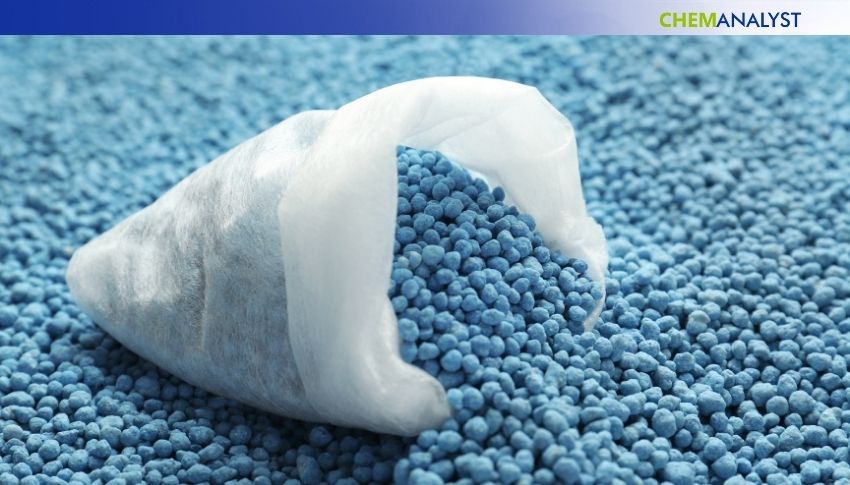Welcome To ChemAnalyst

Urea markets across the globe were following varied price trends during the third week of June 2025, as regional factors, geopolitical events, and supply chain disruptions affected the market sentiments in major exporting and importing countries.
The global urea market experienced more challenges in mid-June, mainly due to the rise in geopolitical tensions. Recent drone attacks by Ukraine on nitrate-based production units in Russia created issues in the international nitrogen fertilizer supply chains. This risk got increased further by the ongoing conflict between Iran and Israel, which has enhanced the geopolitical risks in major exporting countries, especially in the Middle East. In terms of demand, market sentiment among Urea buyers were not positive and also sensitive to the changing market dynamics. Although buying activities were unstable, there was a prevailing tendency among buyers to cover quantities in hopes of future supply shortages rising from the international geopolitical environment.
In the Russian market, Urea prices were higher. The partial halt in EuroChem's NAK Azot operation in Russia due to drone attacks limited the supplies, fuelling precautionary purchases and placing upward pressure on prices. Similarly, Middle Eastern countries also experienced a major surge in Urea prices. Purchasers made greater use of Saudi-origin cargoes in the face of increasing freight and insurance costs through the Strait of Hormuz. Low Urea stock levels and elevated export requirements assisted in keeping the market stable, while the trading pattern of the derivative segment reflected bullish sentiment of the market. Moreover, a complete plant in Iran has been closed because of the ongoing tensions worldwide.
At the same time, Urea prices in India remained stable during the week, indicating that the domestic market conditions were mostly neutral. With no significant changes in production capacities and maintenance activities, market dynamics remained stable, and demand was moderate. Most businesses continued to take place through long-term contracts. But supply problems have also emerged among the market participants. Delays in the arrival of Urea imports are causing worries to traders and distributors. The ensuing supply shortage of Urea can interfere with sowing schedules and affect agricultural output if not corrected in time.
Based on ChemAnalyst's expectations, near-term volatilities prevailing in the world Urea market are likely to prevail as geopolitical uncertainties are further extended and supply-side outages persist. Urea market participants are closely watching the current market conditions, as well as the factors that could significantly affect the movement of global trade dynamics and pricing trends.
We use cookies to deliver the best possible experience on our website. To learn more, visit our Privacy Policy. By continuing to use this site or by closing this box, you consent to our use of cookies. More info.
